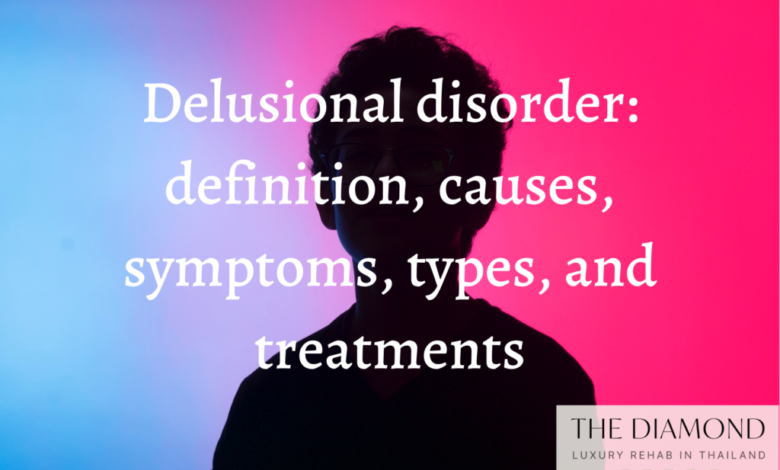What is the most common delusional disorder?

Delusional disorders, also known as psychosis, are a type of mental disorder in which the affected individual has an altered perception of reality. Delusions can be characterized by irrational beliefs that persist despite contradictory evidence or logical reasoning. They can cause people to act in ways that are out of line with social norms, which can put them in danger if left untreated. So what are some of the most common forms of delusional disorder? Let’s take a look.
Paranoid Disorder
One of the most common forms of delusional disorder is paranoid disorder. People with this type of delusion commonly experience extreme suspicion and mistrust toward others and feel like they are constantly being watched or plotted against.
They may also have unfounded fears that their loved ones are cheating on them or even trying to harm them. It’s important to note that while paranoia is a symptom of many psychiatric ailments, it is only considered a delusional disorder if it persists despite evidence or logic suggesting otherwise.
Grandiose Disorder
The grandiose disorder is another common form of delusional disorder characterized by exaggerated feelings of superiority and power. Individuals with grandiose delusions often believe themselves to be famous, wealthy, or powerful regardless of their actual status in life. They may also have an unrealistic sense that they have special abilities or powers and can do anything they set their minds to. These delusions can lead to dangerous behaviors such as grand theft auto or even murder if left untreated for too long.
Shared Psychotic Disorder
The shared psychotic disorder is a rare but very serious form of delusional disorder where one person (the “primary” deluded individual) shares their delusions with another person (the “secondary” deluded individual).
This type of delusion usually occurs between two people who live together and is often referred to as “folie à deux” (“madness shared by two”). The primary deluded individual typically has stronger delusions than the secondary individual, but both will typically experience similar symptoms such as confusion and impaired judgment due to their shared delusional belief system.
Conclusion
Delusional disorders come in many forms, but the three most common types are paranoid disorder, grandiose disorder, and shared psychotic disorder. No matter what form they take, all forms can lead to dangerous behavior if left untreated for too long so it’s important to seek professional help if you think you may be dealing with any kind of delusion.
With the right treatment plan tailored specifically for each patient’s needs, these forms of delusions can be managed successfully over time so that individuals affected by them can lead normal lives again.